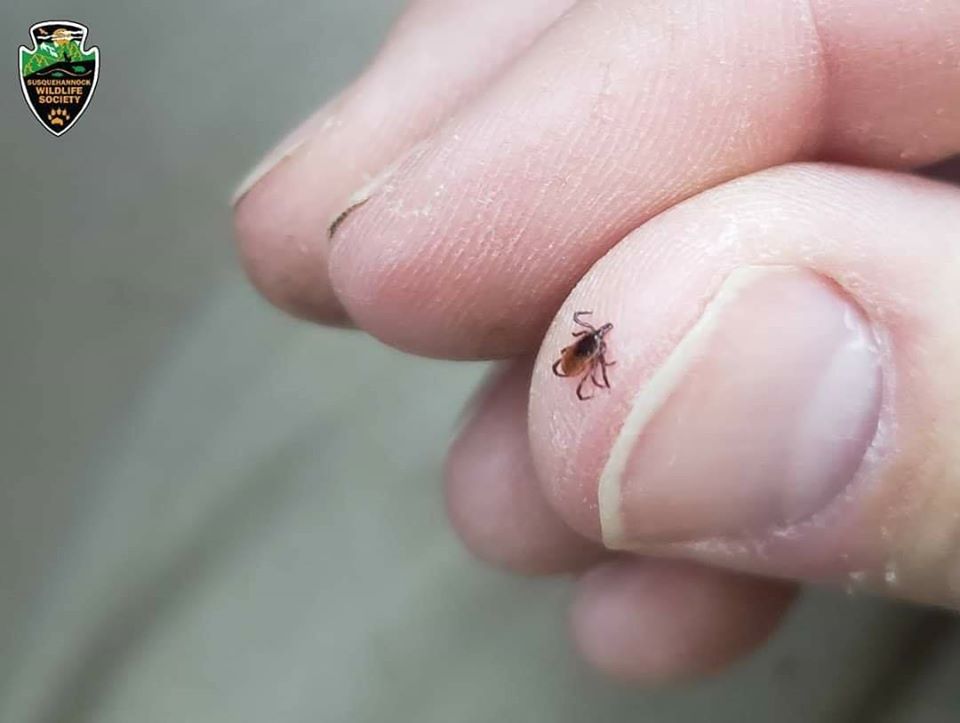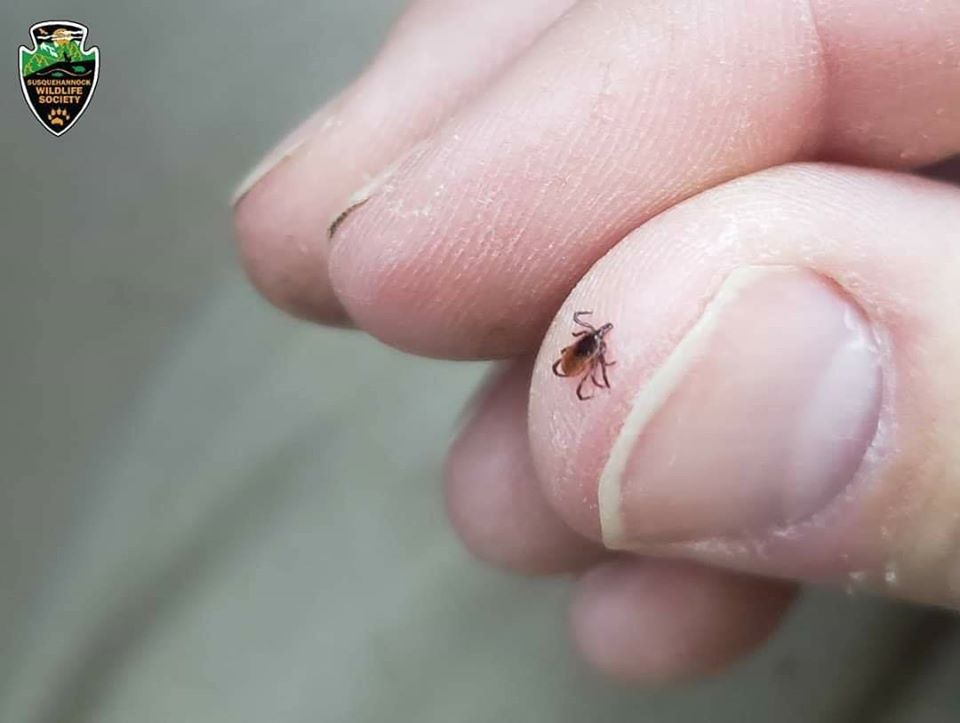Each year as we all become more active in enjoying the outdoors, so do ticks like this black-legged (deer) tick. This is the very small and difficult to detect species most famously associated with Lyme disease and can require medical attention if found embedded on you or your pets.
We share this to help make you aware to always enjoy the outdoors with the proper precautions (see below). Undesirable elements of nature should not be a deterrent from experiencing all it has to offer!
Many ask us, “what good do ticks do?” and the answer is similar to that of many less popular species. Ticks are food for wildlife like birds, reptiles and amphibians (and even opossums!) but also can help balance larger species of predators and herbivores through disease transmission.
Why are ticks and the diseases they carry more prevalent? Lyme typically starts with rodents that carry the bacteria and then is transmitted through the ticks to other species like deer and eventually to even humans as many of you have unfortunately experienced. Rodent and deer populations are out of balance, between being highly adapted to the human altered landscape and missing the much needed predator numbers to help keep them in check. We often advocate for unpopular species like snakes and coyotes that perform a valuable service in controlling rodents as do our birds of prey, which have declined but fortunately are bouncing back in some instances.
To learn more about ways to protect yourself and your family from tick borne diseases, please visit this wonderful resource –
https://phpa.health.maryland.gov/OIDEOR/CZVBD/Pages/tickborne_dz.aspx



